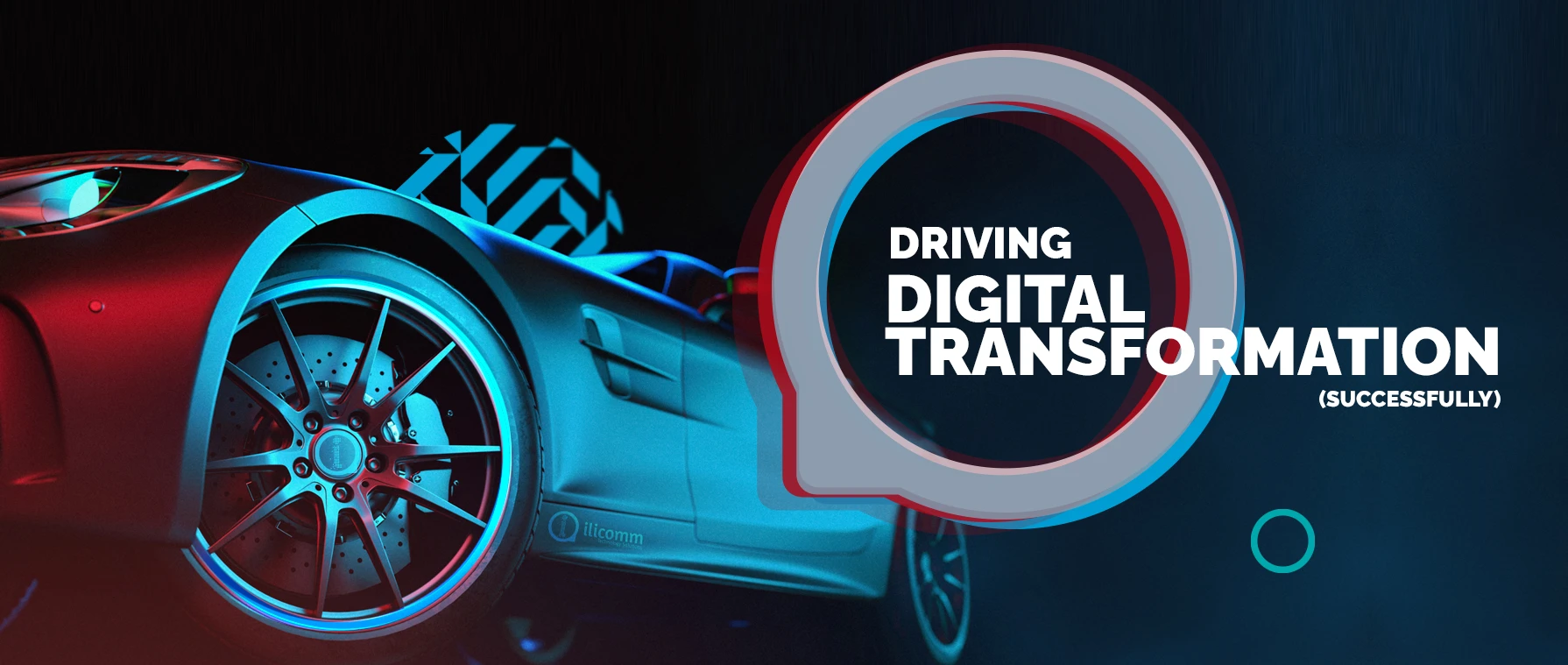Digital transformation has been a buzzword for several years now, and for a good reason. With the rapid pace of technological advancements, businesses that do not adapt to digital changes risk being left behind. However, driving digital transformation takes work, especially for organisations that have been around for a long time and have established processes and cultures. Read on to find out the steps businesses can take to drive digital transformation successfully and the areas you should first focus on.
Focus your efforts
Businesses typically focus on four main areas of digital transformation change.
Business Processes
One of the primary areas of digital transformation change is how businesses operate. This involves automating manual processes and implementing digital tools to manage workflows, increase efficiency, and reduce costs. For example, businesses may use artificial intelligence (AI) and machine learning (ML) to automate repetitive tasks or implement digital platforms to manage supply chain operations.
Customer Experience
Another key area of digital transformation change is how businesses interact with and serve their customers. This involves leveraging digital tools such as mobile apps, social media, and chatbots to give customers new and innovative ways to engage with the business. For example, businesses may use chatbots to provide instant customer support or social media to solicit customer feedback and insights.
Business Models
Digital transformation can also impact how businesses create and deliver value to customers. This involves adopting new business models that leverage digital technologies such as cloud computing, big data analytics, and the Internet of Things (IoT). For example, businesses may shift from selling products to offering subscription-based services or use data analytics to personalise their offerings to individual customers.
Organisational Culture
Finally, digital transformation can impact organisational culture by changing how employees work and collaborate. This involves adopting new digital tools and processes that enable employees to work more efficiently and effectively. For example, businesses may use collaboration tools such as Slack or Microsoft Teams to facilitate employee communication and knowledge sharing. Alternatively, they may implement agile methodologies to enable faster and more iterative development processes.
Drive Transformation
7 steps to drive home your digital transformation and make is successful
Define the Vision and Goals
The first step in driving digital transformation is to define the vision and goals of the transformation. This involves identifying what the business wants to achieve with the transformation, such as improved efficiency, increased revenue, or better customer experience. The vision and goals should be aligned with the overall business strategy and should be communicated clearly to all stakeholders.
Assess the Current State
Before embarking on a digital transformation journey, it is essential to understand the current state of the business. This involves identifying the existing processes, systems, and technologies, as well as any gaps or areas for improvement. By assessing the current state, businesses can identify the areas that require the most attention and prioritise the transformation efforts.
Develop a Roadmap
Once the vision and goals are defined, and the current state is assessed, businesses should develop a roadmap for digital transformation. The roadmap should outline the steps that need to be taken to achieve the goals, along with timelines and milestones. The roadmap should be flexible enough to accommodate changes and adjustments as the transformation progresses.
Build Digital Culture
Digital transformation is not just about implementing new technologies but also about building a digital culture. This involves creating a mindset that embraces change, innovation, and experimentation. Businesses should encourage employees to learn new skills, collaborate across teams, and embrace new working methods. A digital culture can help businesses to adapt quickly to changing market conditions and stay ahead of the competition.
Invest in the right Technologies
Investing in the right technologies is crucial for driving digital transformation. Businesses should identify the technologies that will help them achieve their goals and prioritise their investments accordingly. It is also essential to consider integrating new technologies with existing systems and processes to ensure a seamless transition.
Focus on Data-driven Insights
Data is at the heart of digital transformation. Businesses should focus on collecting and analyzing data to gain insights into customer behavior, market trends, and business performance. This involves investing in data analytics tools and developing the skills to interpret and act on the insights gained.
Communicate and Collaborate
Finally, driving digital transformation requires effective communication and collaboration across the organisation. It is essential to involve all stakeholders in the transformation journey, including employees, customers, partners, and suppliers. Businesses should create a culture of open communication, where feedback is encouraged and ideas are shared freely.
In Conclusion....
Driving digital transformation is not easy, but it is essential for businesses that want to stay competitive in today’s digital age. Following the steps outlined in this article, businesses can develop a roadmap for successful digital transformation and create a culture that embraces change and innovation.










